It’s no big secret, but this really is how to live your best life longer
Taking that first step to doing more physical activity can put you on the path to a longer, healthier – and independent – life. But you have to keep moving.
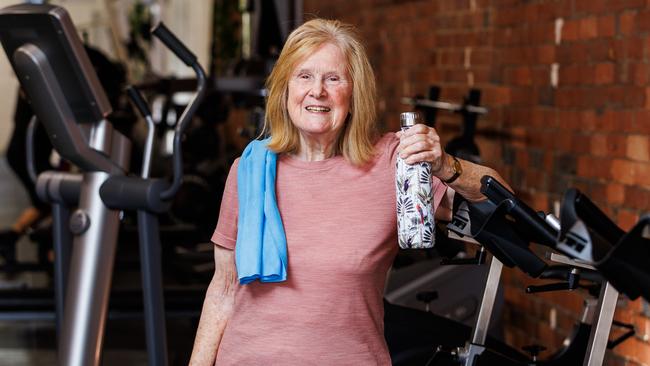
Wish as we might, there’s no shortcut to ageing well. It requires action, effort, persistence and positivity. And that all-important first step.
But if you take action, make the effort and keep on making it, remain motivated and in a good mind frame, the rewards do follow. Years more healthy life, being able to do the things you want to do. Travel, staying engaged with friends, a world where the horizon remains broad.
Just ask 84-year-old Melbourne woman Elaine Herbert, an exemplar of how to put yourself in pole position to live your best life longer.
Around 20 years ago Elaine made a conscious move to address her health and fitness with a view to the coming decades.
“When you stop working, your normal routines change. When I worked I used to walk 15 minutes to and from the train station each day, but when I finished working, that routine stopped. I was conscious I was putting on weight, and I wanted to do something about it.”
On her GP’s advice, Elaine started with a personal trainer. She has been with Dilek Ali for two decades now, doing two 30-minute sessions a week, focusing on strength and mobility.
Beyond that, Elaine builds walking into her weekly routine, as well as a series of exercises at home to help with her mobility after a hip replacement a few years ago.
“And I try to be conscious of moving at other times. If I go to the shops I’ll look to walk rather than take the car. I look for opportunities to get that simple walking in,” she says on the floor of the Fit 4 Living gym in Gardenvale in Melbourne’s south-east.
Elaine says she takes both short and long-term benefits away from every session she does with Dilek.
“First of all I feel very virtuous. You go away feeling very energised.”
But of course there’s more to it.
“It gets you out of the house, you meet people, younger people, with a range of ideas you might not come across. I think that’s important.”
“(And) you need to be able to do the things you’ve always done to some extent but also the things you want to do, get out, meet friends, go for a walk in the bush,” she says.
Dilek says Elaine has incredible posture for a woman her age, and is still eager for information on how to do things right in terms of exercise technique.
“She embraces the importance of health. It’s not just aesthetics. She’s very aware of the preventative measures she needs to take for the health issues that will arise.”
Move, move, move
Like Elaine, we need to make a conscious commitment to get ourselves in better shape, and once made, stick to it.
But it’s not as big a change as people think. We’ve asked a number of experts to help with a deep dive into what we should be doing, and they all start with a literal call to action – move, move, move.
University of Sydney professor of physical activity and health Anne Tiedemann says she’s wary of the word “exercise”.
“It can be daunting for many people. It makes people think about gyms and running and sweat and that can turn some people away.
“Physical activity is far broader than exercise, we’re talking about things as simple as walking or gardening, activities we can incorporate into our daily lives,” she says. “This is what we should be talking about.
“Every move counts. Wherever you are in terms of your broader health and physical activity, if you increase that physical activity, even a little bit, you will get additional benefits.”
Australian Institute of Sport chief medical officer David Hughes agrees.
“The biggest gains are to be made in taking people from sedentary behaviour to even doing light physical activity,” Dr Hughes says.
“Some estimates are 60 per cent of people aren’t even doing this light physical activity, which is really concerning.
“Sedentary behaviour is related to sitting. Sitting in an office, sitting in cars, sitting at home.
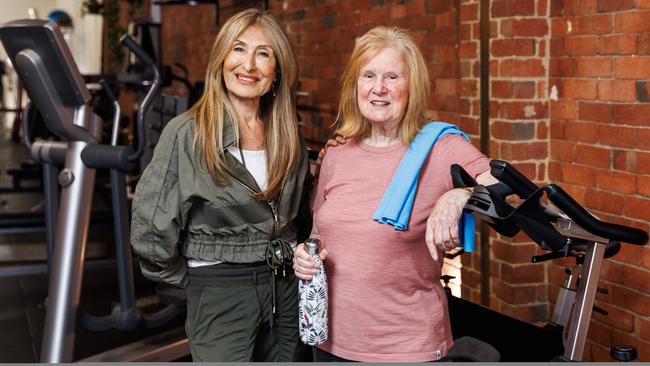
Watching TV seems particularly unhealthy, and while there is some debate about why, it’s possible that people watching TV also tend to consume low-nutrition, high-energy foods while doing so.
“If you can transition from these sedentary behaviours to even light activity – standing not sitting, going for a walk instead of watching TV, incidental walking to the shops or similar – this makes a substantial difference, especially in old age,” he says.
The benefits are myriad, Professor Tiedemann says.
“It’s really amazing how many things being active affects. It improves your physical, mental and social health. It reduces the risk of numerous cancers including breast and colon cancer, it helps concentration, it’s good for brain health and keeps us socially engaged.
“It makes us stronger, fitter and steadier on our feet, which helps us to stay living in our own homes independently for longer,” she says.
Elaine says staying physically active has allowed her to continue to pursue the things she loves most.
“I’m still able to get out into the bush to take photographs of the natural environment, which is my particular interest,” she says.
“And regular exercising has helped me remain mentally agile too, so I’m still very involved with the admin side of my role in the Royal Photographic Society.”
Ideally what should I be doing?
Having established that anything is better than nothing, what can I be doing to optimise my health and wellbeing later in life?
Australian public health advice follows the World Health Organisation guidelines, and this includes activity guidelines for older people.
The Department of Health and Aged Care guidelines are relatively onerous, and are currently under review.
“For people aged 65 years and over, we recommend at least 30 minutes of moderate intensity physical activity on most, preferably all, days,” it says.
“If you find 30 minutes difficult right now, start with just 10 minutes once or twice a day. After two weeks, increase to 15 minutes twice a day. If you can do more than 30 minutes, you will get extra benefits.
“Over the course of the week, try to incorporate different types of activities.
“Try to reduce the time you spend sitting down – break that time up as often as you can,” it says.
National Ageing Research Institute principal researcher Pazit Levinger says older people should be thinking about three things when they are considering how to navigate their week.
“Ideally (it’s) a combination of cardiorespiratory exercises, for example aerobic exercises, with some strengthening exercise to maintain strong muscle and also some balance exercises to maintain good stability and reduce the risk of falls,” Professor Levinger says.
“There are options to play around with (to get to recommended physical activity of 150 minutes a week), but we want to ensure we are regularly active; maintaining some movement and physical activity, ideally every day.”
Dilek Ali said she curates the programs of her older clients toward mobility and balance, focusing on falls prevention.
“Even doing things like push ups against a wall can help older people manage better if they are needing to work out how to prevent a fall,” she says.
What happens to me if I don’t?
A sedentary lifestyle brings with it a range of risks. It has adverse impacts on heart health, and the general health of all our organs.
And it goes much further.
“As we get older we are more prone to disease,” Dr Hughes says. “Regular exercise reduces our risk of a range of diseases including type 2 diabetes, heart disease, high blood pressure, osteoporosis, dementia and many cancers.”
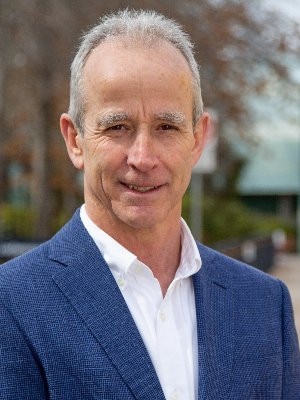
“Cancer rates increase with ageing. There is strong evidence that regular physical activity reduces the risk of many types of cancer including breast, colon, endometrial, bladder and kidney.”
He also says the risk of dementia, which is set to take over from ischaemic heart disease as the number one cause of death in Australia, is higher in those who have a sedentary lifestyle. “Regular exercise has been shown to deliver an 18 per cent reduction risk for all forms of dementia including Alzheimer’s,” he says.
And broader mental health issues are also heightened without exercising, Professor Levinger says.
“Physical activity reduces the risk of depression. If you go outside and exercise, it can make you feel better and can help you with depressive symptoms,” she says.
The best types of exercise
Professor Tiedemann says an optimum exercise regime will differ for each person.
“It’s the golden question, what’s the best exercise, and my answer is that it’s the one I will keep doing, the one that I am able to fit into my day, is affordable, and most importantly, that is enjoyable,” she says.
Dr Hughes says it’s important that people aren’t overwhelmed.
“When interpreting the guidelines, it is important to understand that moderate to vigorous exercise does not mean running marathons. A brisk walk for 30 minutes per day will deliver significant mental and physical benefits.
“You can do more vigorous exercise if you are capable, but yoga, stretching, or mowing the lawn will satisfy the definition of moderate exercise,” he says.
Dr Hughes is also big on people mixing up the type of exercise they undertake.
“It’s important to do strength work. Sedentary muscle is a dangerous organ. There are many studies demonstrating that muscle plays a key role in controlling glucose homeostasis and glucose metabolism, which is important for the prevention of Type 2 diabetes.
“Having type 2 diabetes at age 50, with poor risk factor control, reduces life expectancy by more than 7 years,” he says.
The other type of activity needed for healthy ageing is strengthening exercise. Doing bodyweight squats or standing up and down from a seated position will suffice.
“Being able to stand up from a chair unaided can be the difference between being able to live independently at home, and having to go into supported aged care.”
What about injury prevention and stretching?
When you start a new regime, start slow and allow yourself time to recover, especially if you are not used to it, Professor Levinger says
“As we get older, it does take longer to recover and if people are overdoing it they can injure themselves. So my advice is to build up gradually. Listen to your body.
“I think it’s a bit tricky when you get older. I’m getting to an age when I’m getting close to my 50s, so I do see the changes now in how my body responds to exercise. It’s a bit longer for me to recover, and I don’t do what I used to do a few years ago. The aches and pains are there.”
And as for stretching, while there is uncertainty in the literature about whether it helps prevent injury, Professor Levinger says it can be worth it both to maintain range of movement and flexibility for the joints and muscles, and as a warm up.
“It is important that you do some flexibility movement that allows you to maintain your joints’ range of motion so you can use them when you for daily movements and activities, which will also help you to maintain good health of your muscle tissue and function.
“As for warming up I know the evidence is quite conflicting if it can reduce injuries or not.
“But it can help you to warm your body, your joints and muscles and get it ready for activity. So I think it’s a good idea. Let’s not worry about whether it’s preventing injury or not. Let’s just get into the routine of … before they go to run or a walk, do a bit of movement and light stretching of the hamstring and the quads. There’s no harm in that.”
The final word
Asked what she’d say to someone in middle age or older about exercising to age well, Elaine is straightforward, and typically positive.
“I’d strongly recommend that they get started. The first step is the hardest, I think, but once you get going and feel the benefit, it’s easier to keep going. You feel motivated,” she says.
“You may not be as mobile as you used to be but (exercising means) you’re still able to do the things you want to keep on doing and maintain an acceptable level of life and enjoyment of life.”


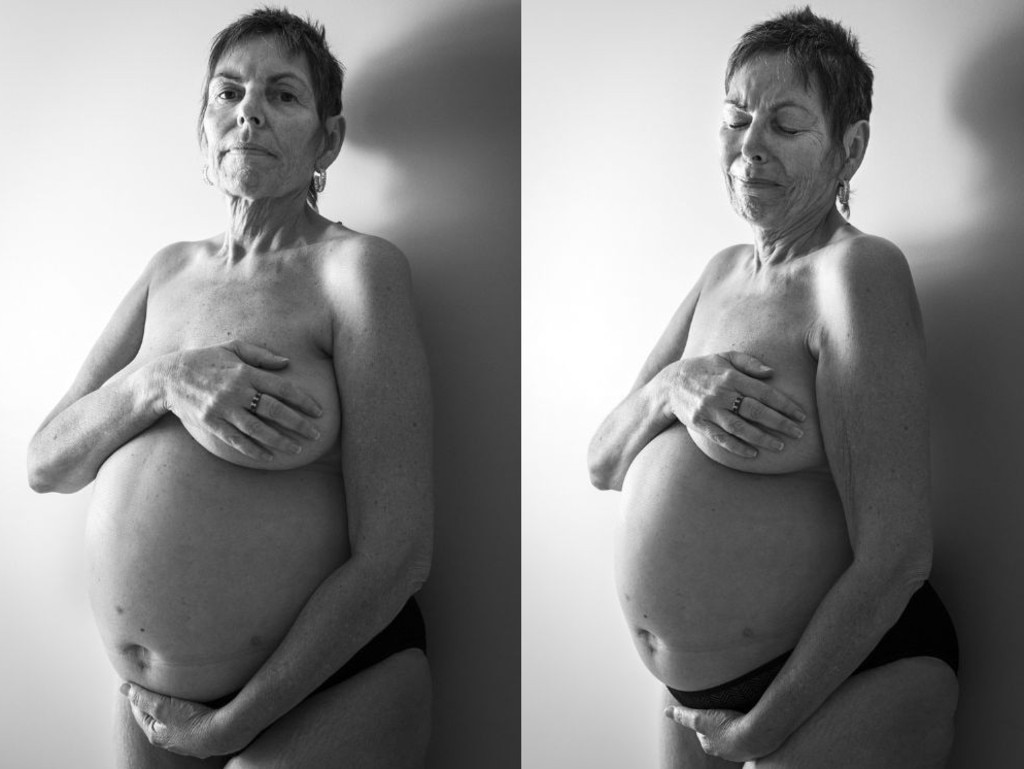
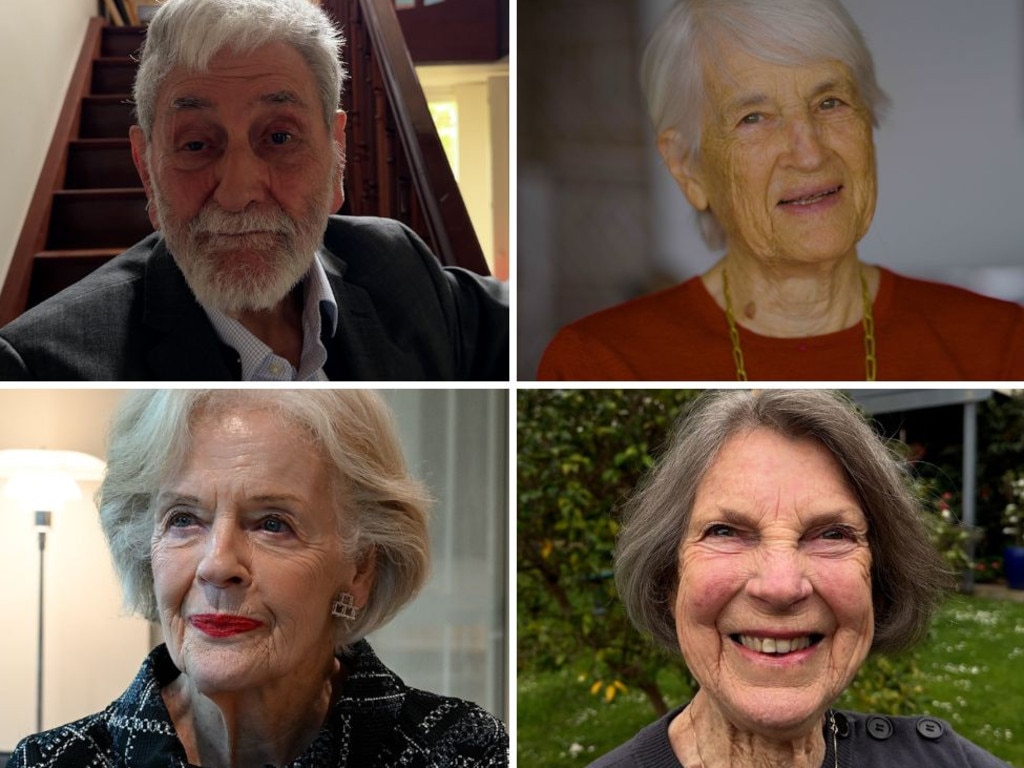

To join the conversation, please log in. Don't have an account? Register
Join the conversation, you are commenting as Logout